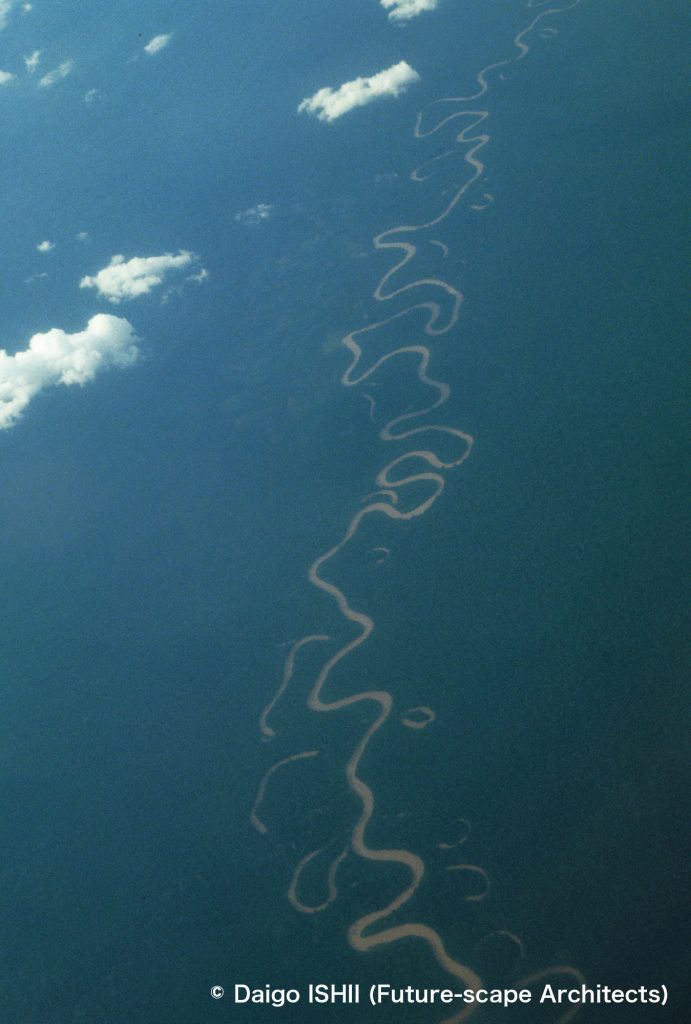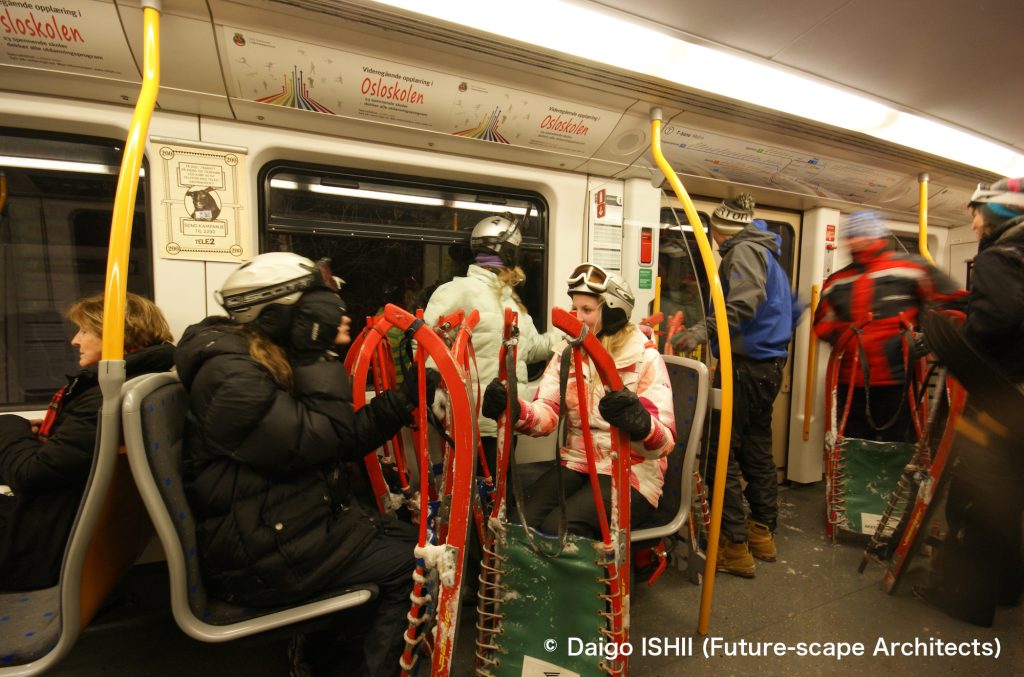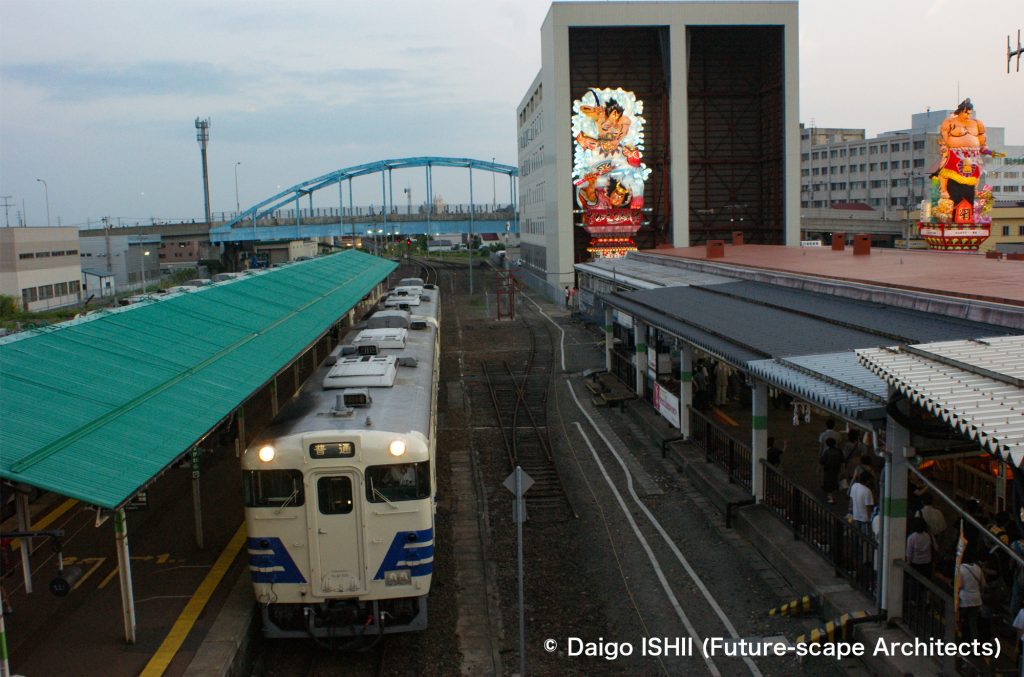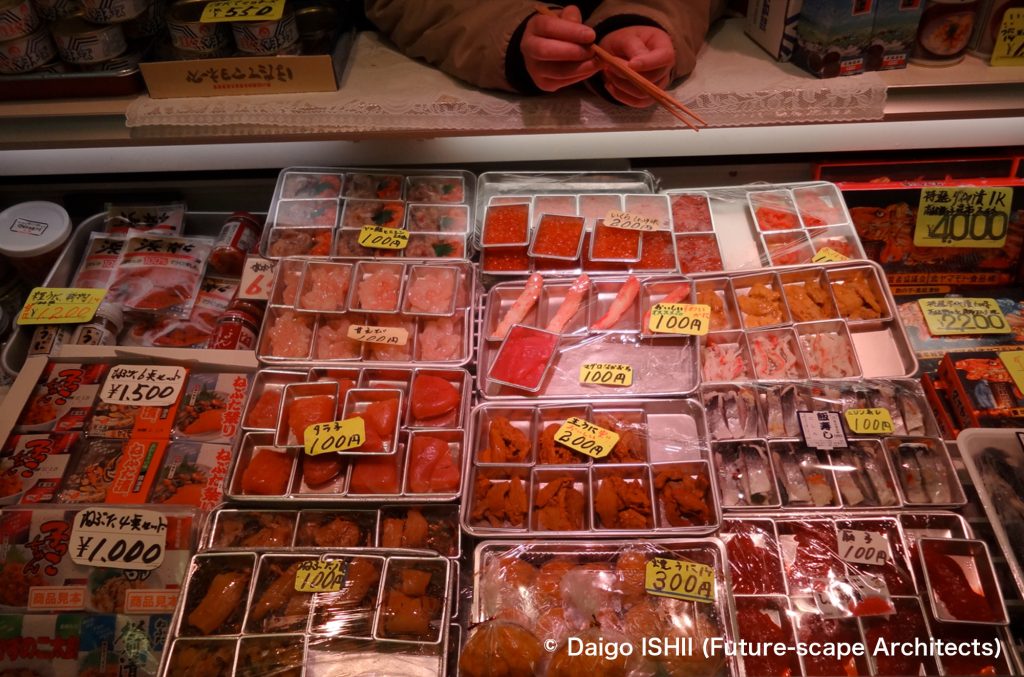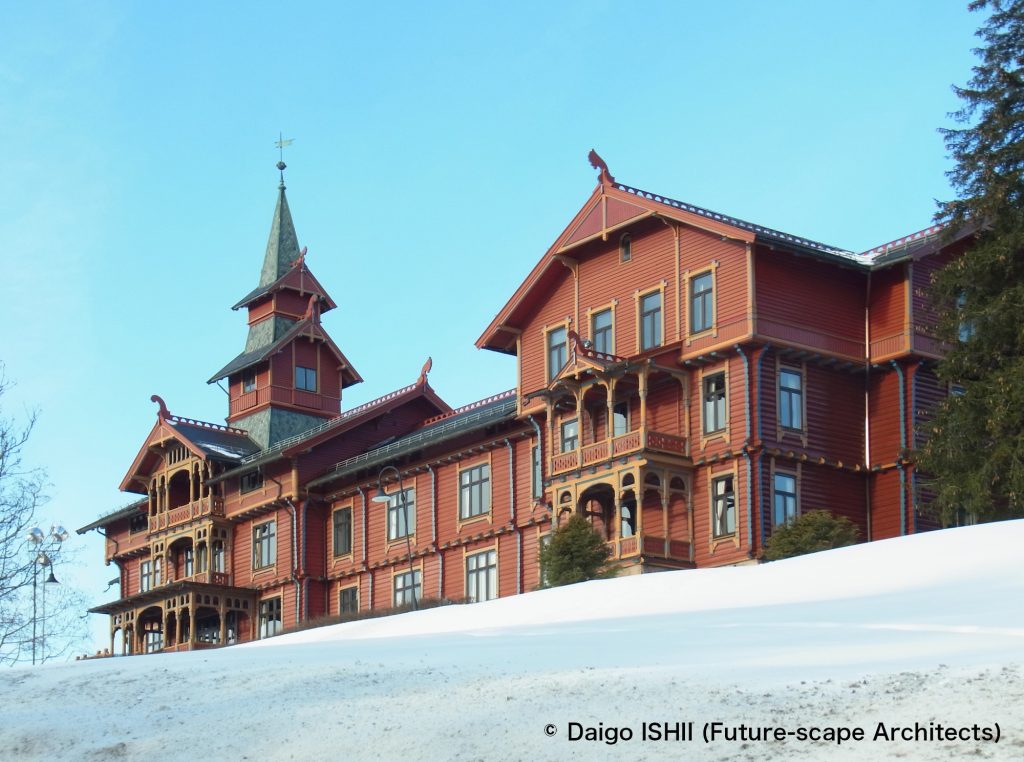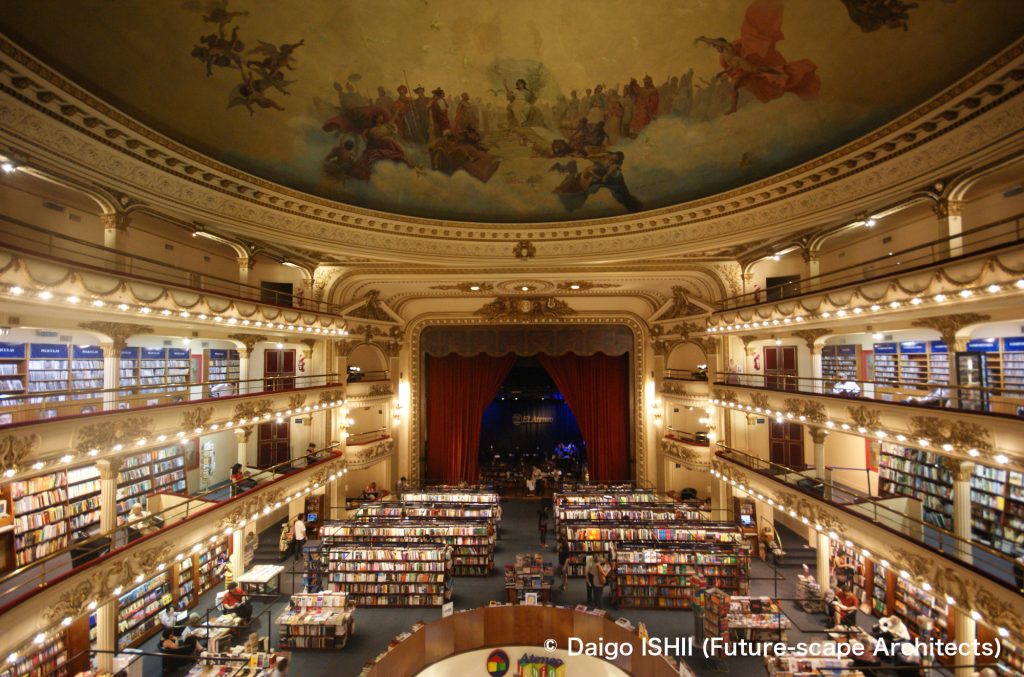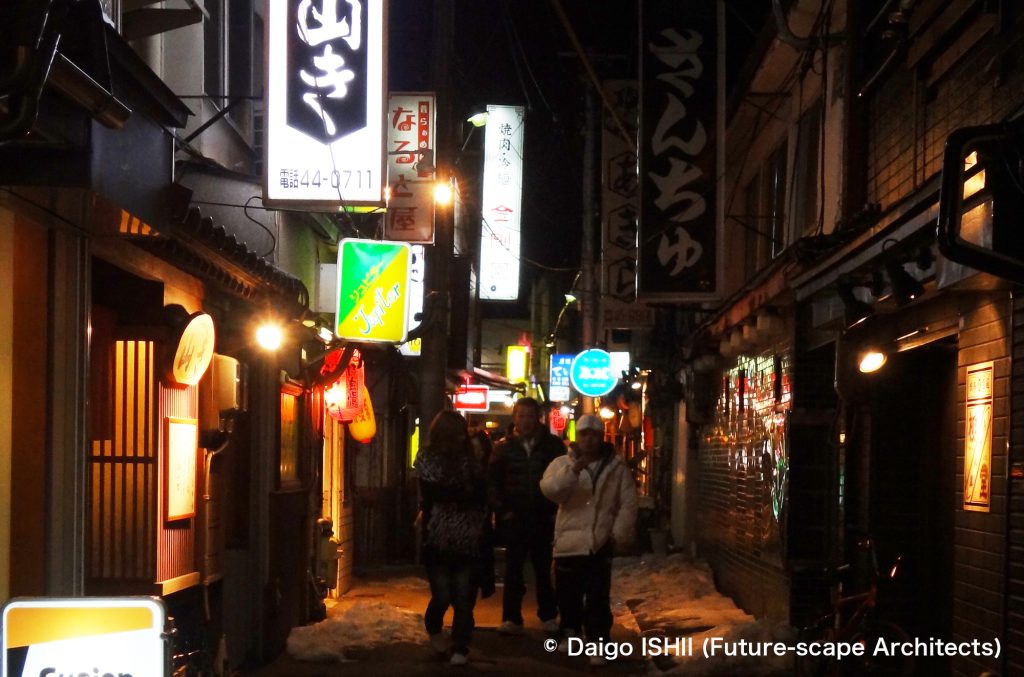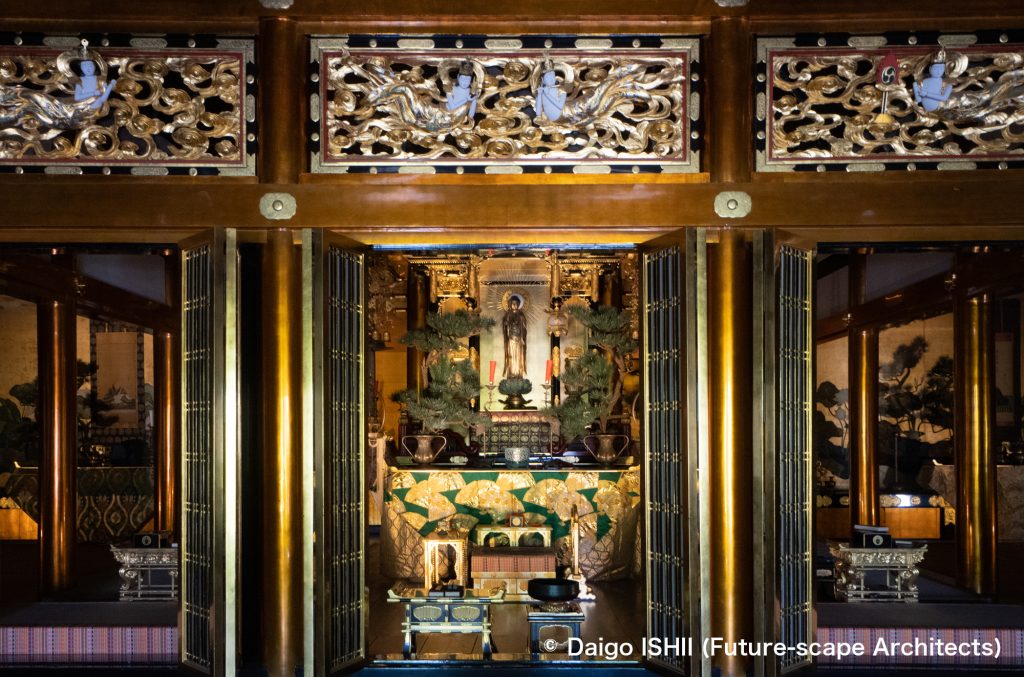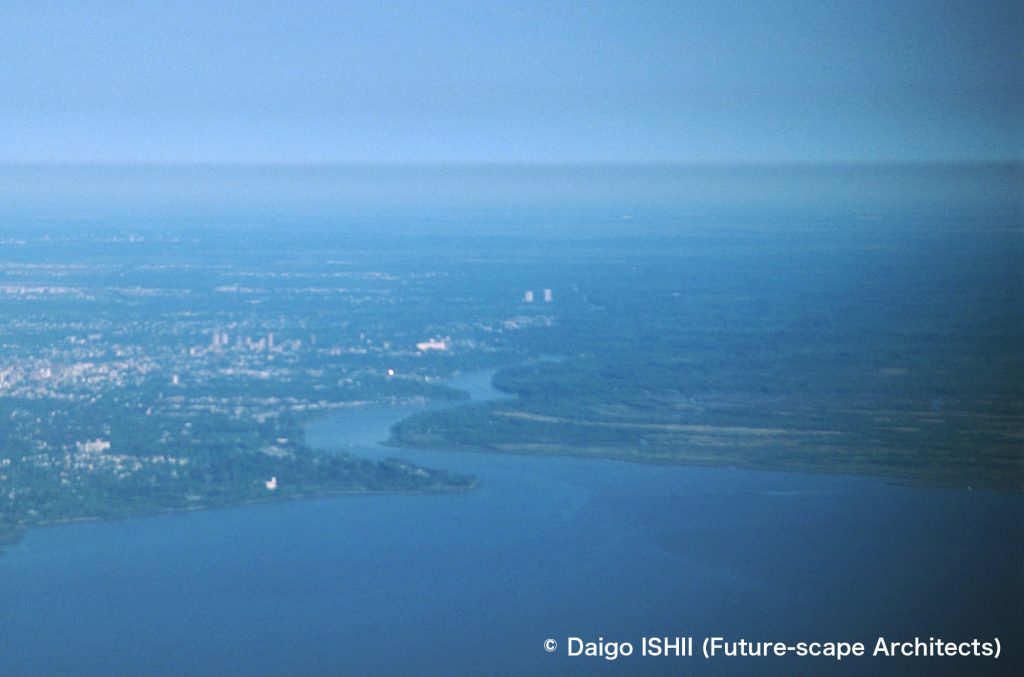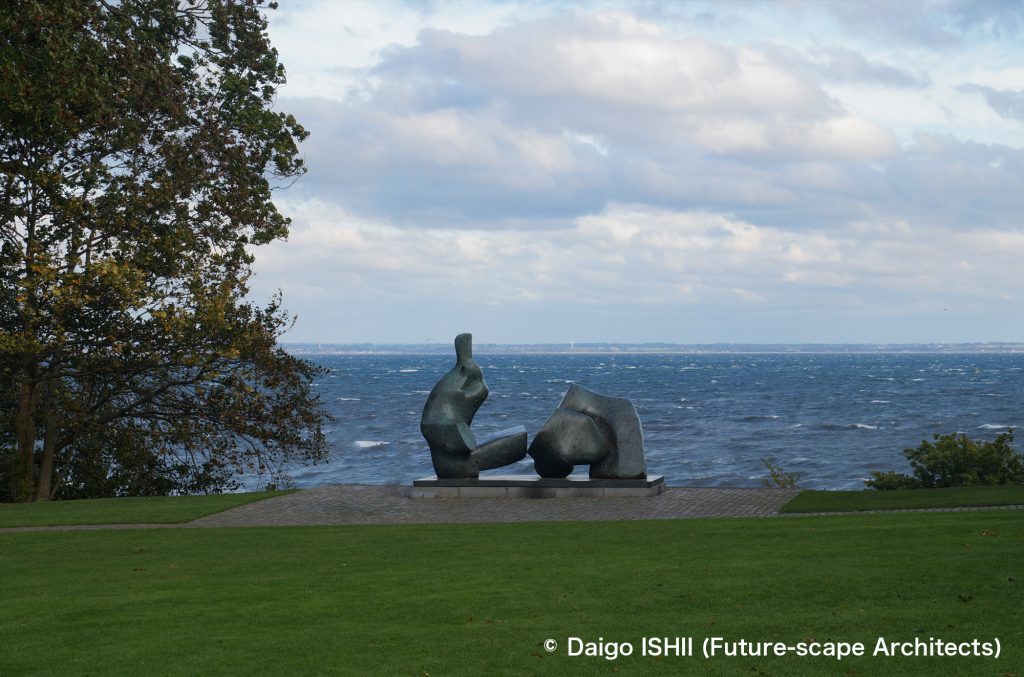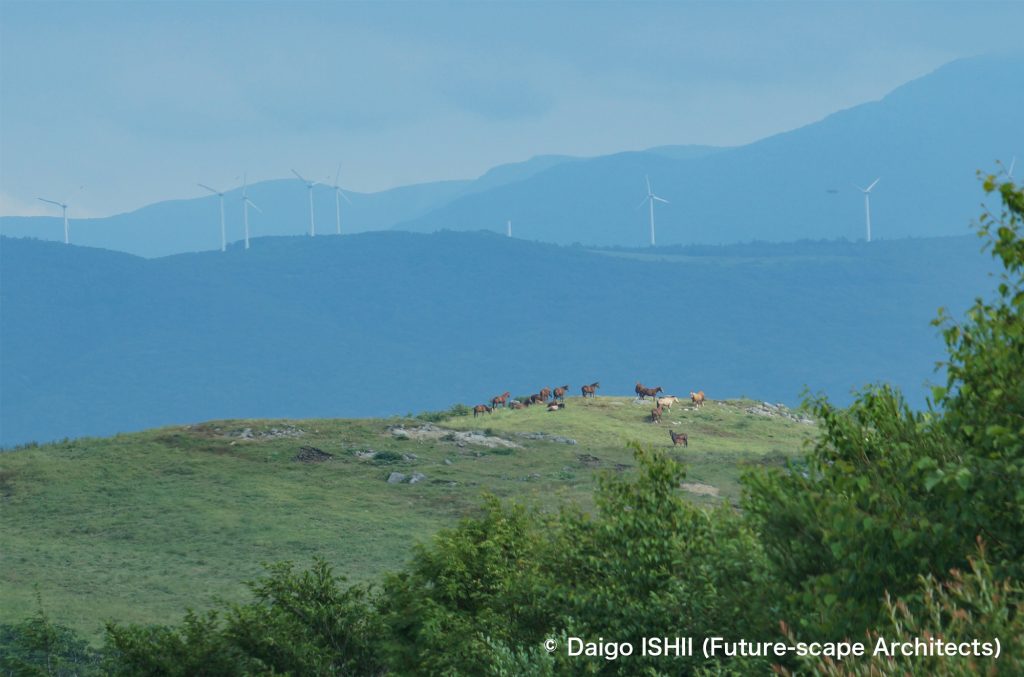The Colombian town of Leticia, which faced the Amazon River, and the Brazilian town of Tabatinga were continuous across the border.
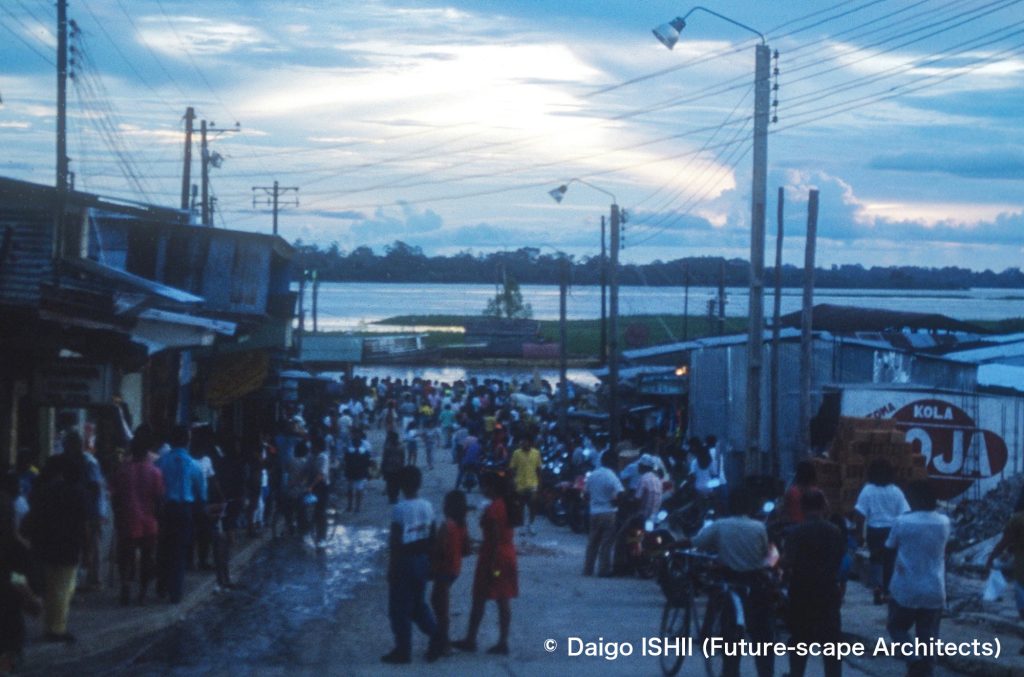
https://goo.gl/maps/4eHehTe7PNFvAPKf6
ポルトガル人やスペイン人が勝手に来て、森を開いたのは、彼らの望むところでもなく、国境もまた、彼らの生活とは関係なく定められた、どうでもいい不必要で不快なもの。
Leticia and Tabatinga were a transfer point for ships navigating the Amazon river. Both had no land route. Since the towns surrounded by jungle were small, there was little concern about crime. The border was so free as to pass by without even noticing it.
Though both towns connected without boundaries, the atmosphere changed when I entered from the Colombian side to the Brazilian side. The townscape on the Brazilian side became less dense, and the streets became thicker. There were a considerable number of people with African blood. Quite a few people had dark skin and blond hair. Although racial mixing is quite advanced in Latin American countries, the state of the Brazilian side looked quite different from the areas ruled by Spain, including Colombia. Under the slavery system in Brazil ruled by Portugal, black African people were taken from the African continent. Meanwhile, Spanish colonies enslaved indigenous people of the Andes. I realized that borders continued to divide societies strongly even when they became easy to come and go after the colonial era had ended.
In the forest on the outskirts of Leticia, indigenous people usually lived in traditional houses. When I entered a large house made up of slender tree trunks, I felt like I was in the Amazon forest filled with sunshine filtering through the trees, with light coming through the gaps that allowed the wind to pass through. It was cool and comfortable. It was a 30 minutes walk to the Leticia town full of products of civilization even if it is located in an isolated area, and the town was lined with many brick buildings that were modern but not matched for tropical climates. The indigenous people didn't necessarily get in contact with such a town. But, in this house, I took in their attitude that they lived without being involved in civilization more than necessary.
The Portuguese and Spaniards selfishly came there and cleared forests. That was not what the indigenous people wished. Borders, which invaders established irrelevantly to them, are unnecessary and unpleasant lines which have nothing to do with their lives.
Amazon river near Leticia
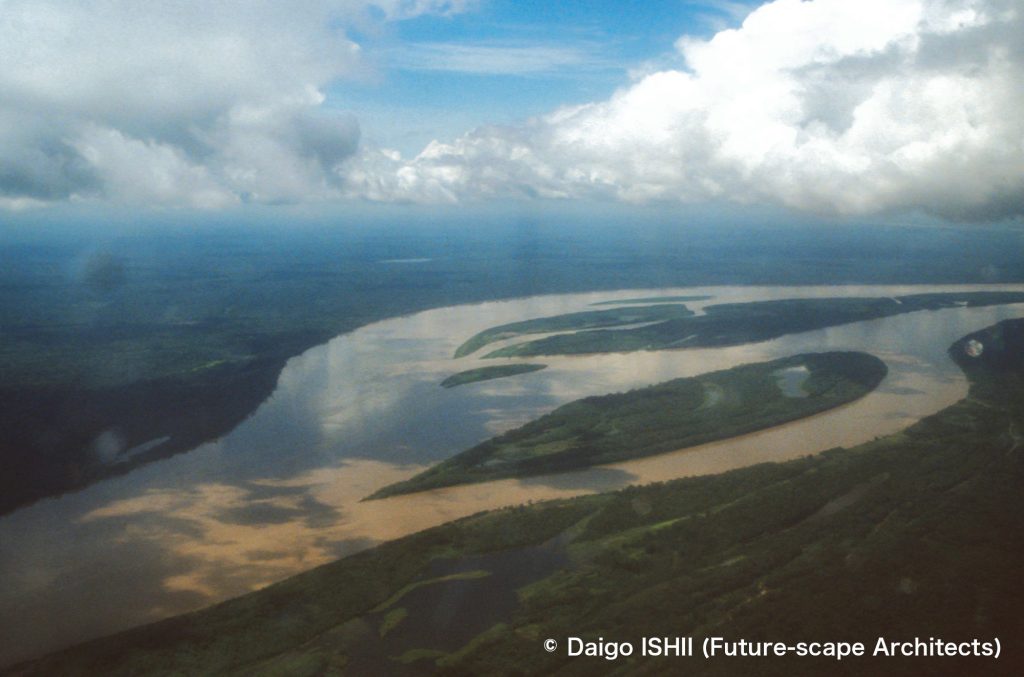
https://goo.gl/maps/aESThQ6t95HWDmYM7
Towns of Leticia and Tabatinga
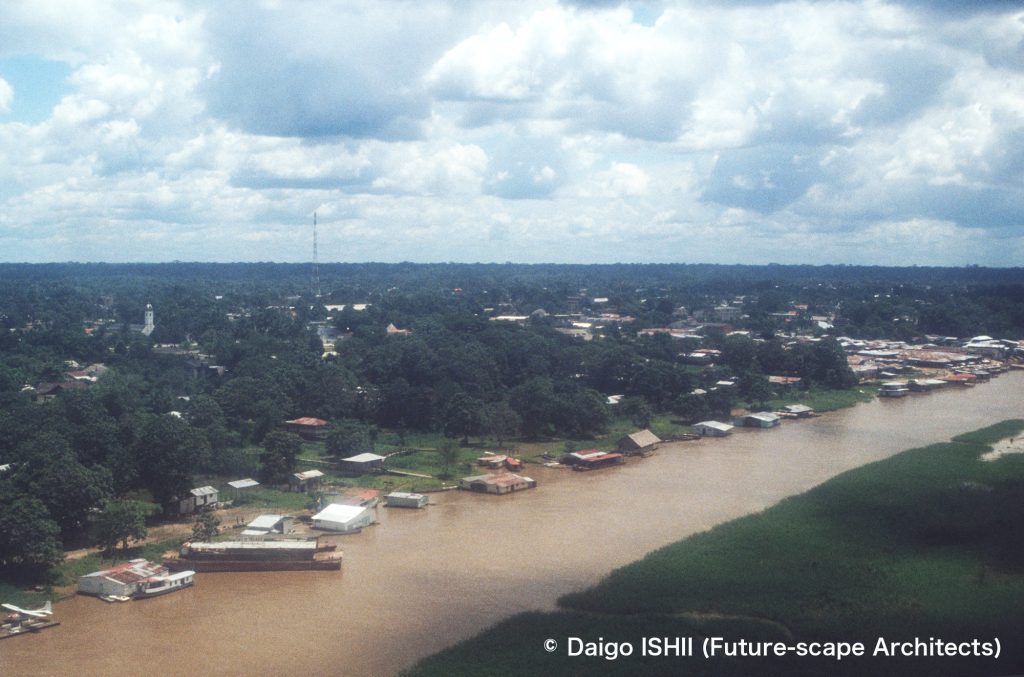
https://goo.gl/maps/4eHehTe7PNFvAPKf6
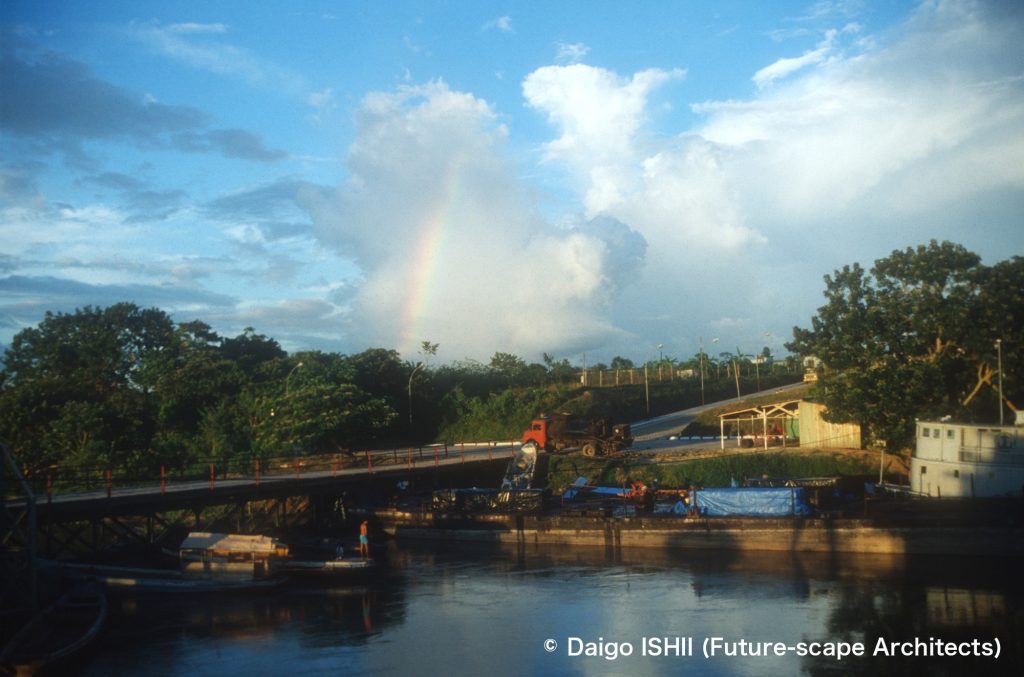
https://goo.gl/maps/sizUdCz7goR165sd6
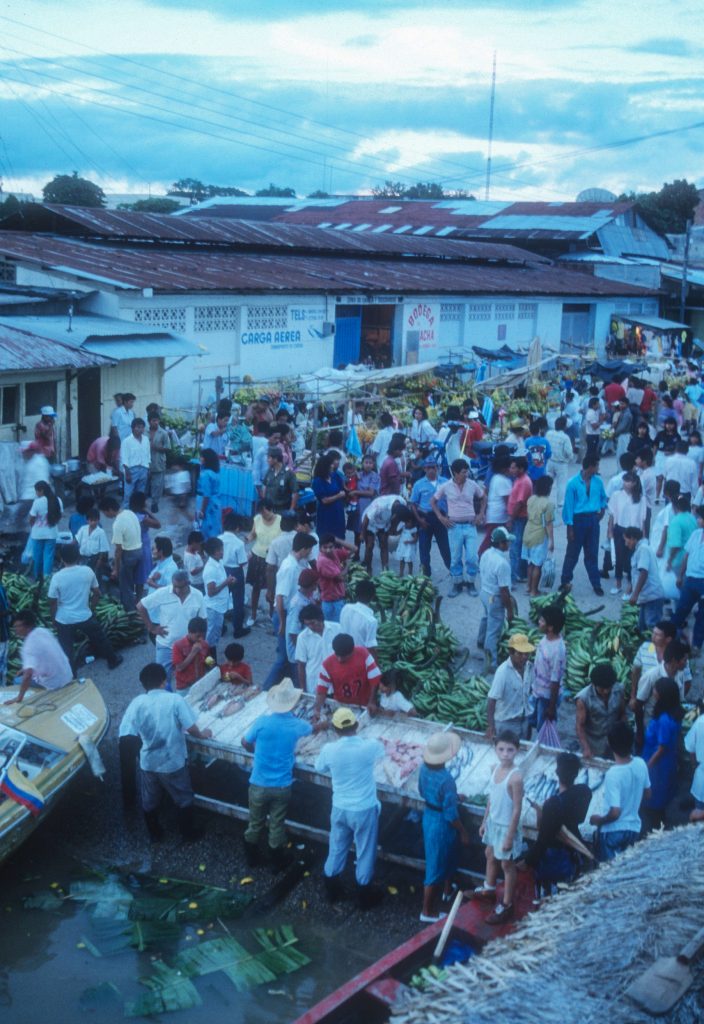
https://goo.gl/maps/cfMYWoWCCGoBGxPi7
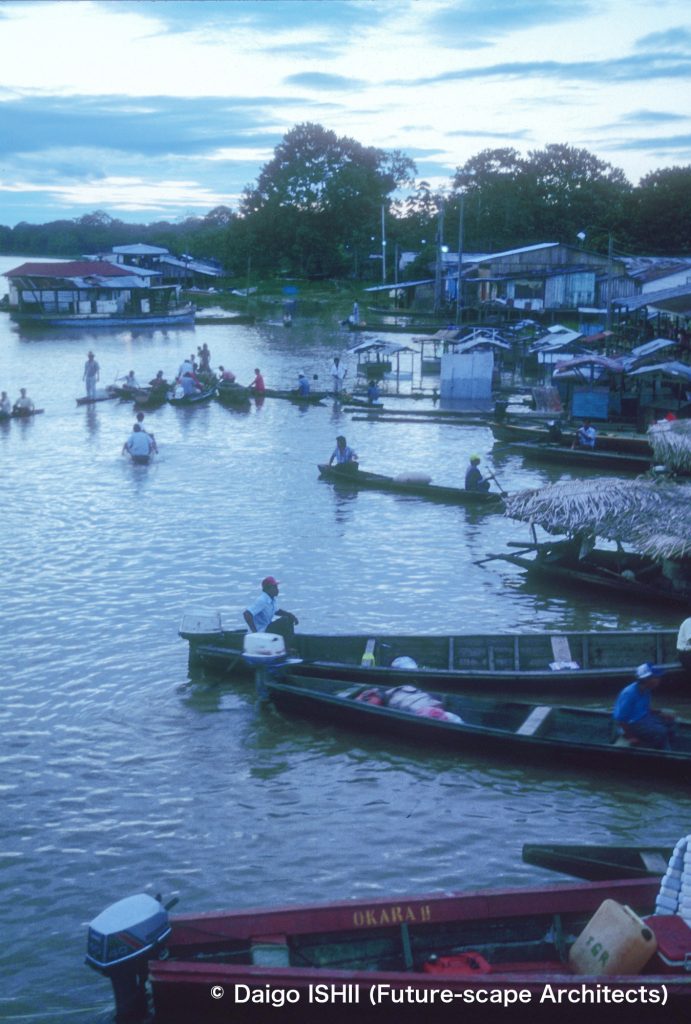
https://goo.gl/maps/cfMYWoWCCGoBGxPi7
Indigenous house
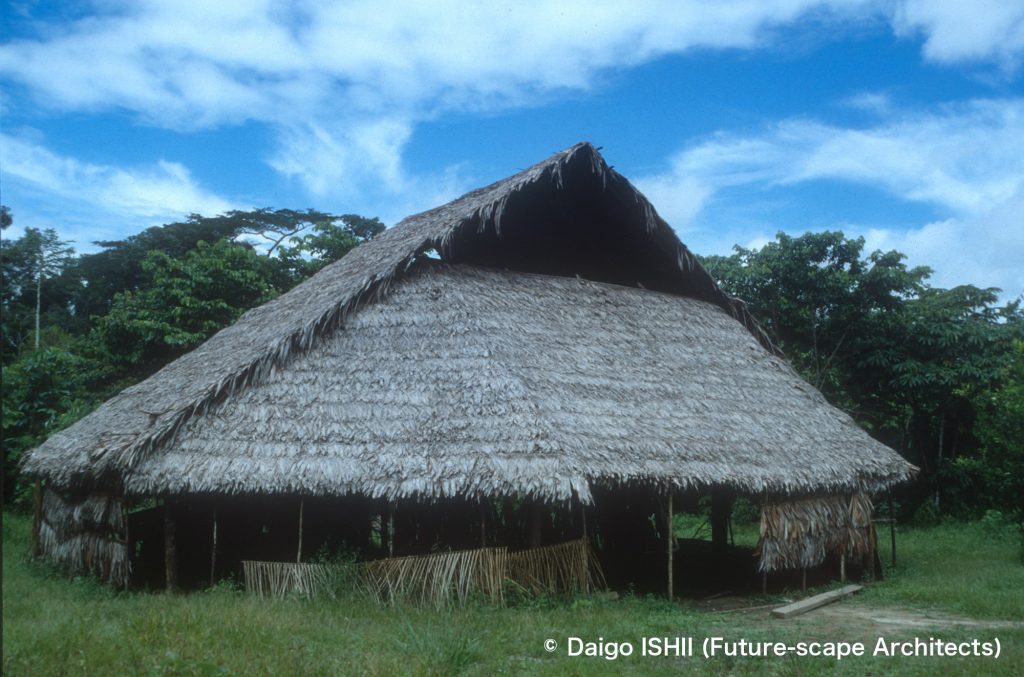
https://goo.gl/maps/f3xpiKi3bV2XUDng7
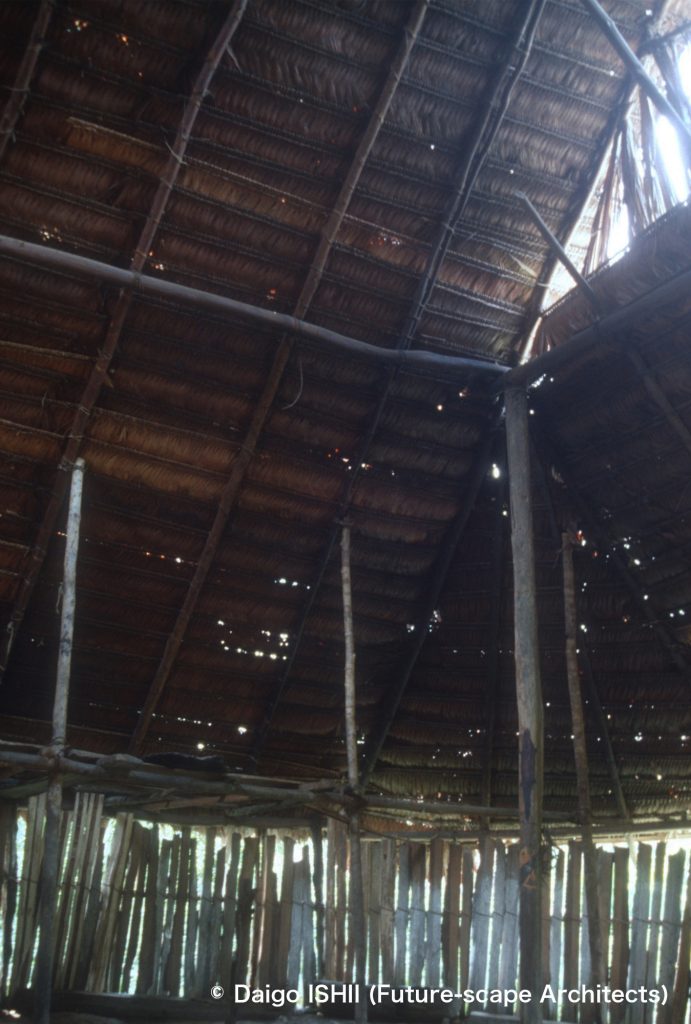
https://goo.gl/maps/f3xpiKi3bV2XUDng7
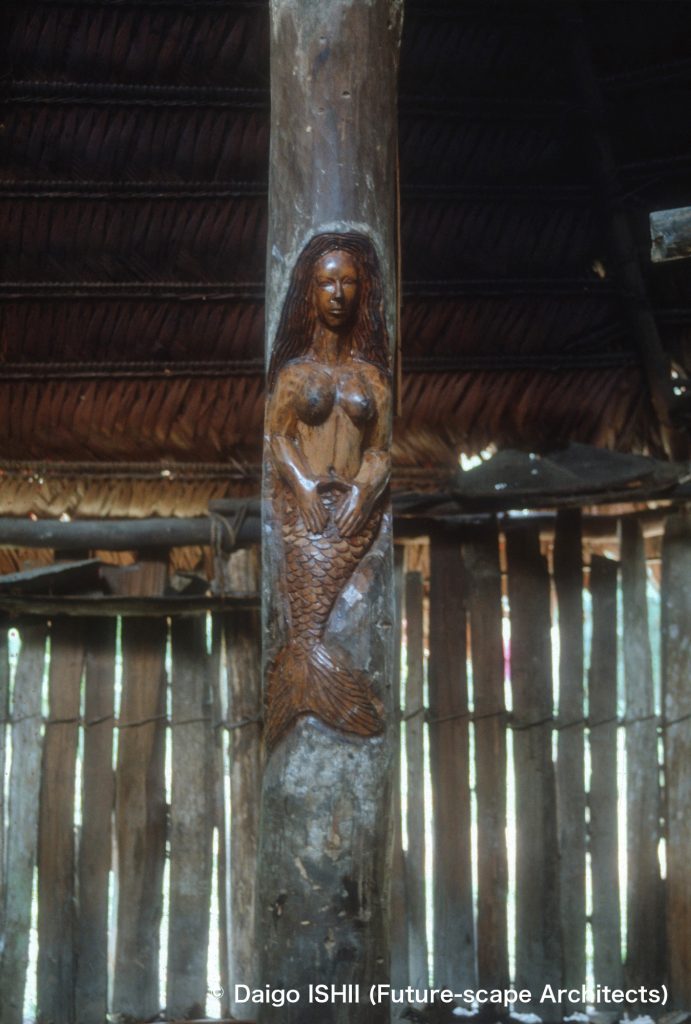
https://goo.gl/maps/f3xpiKi3bV2XUDng7
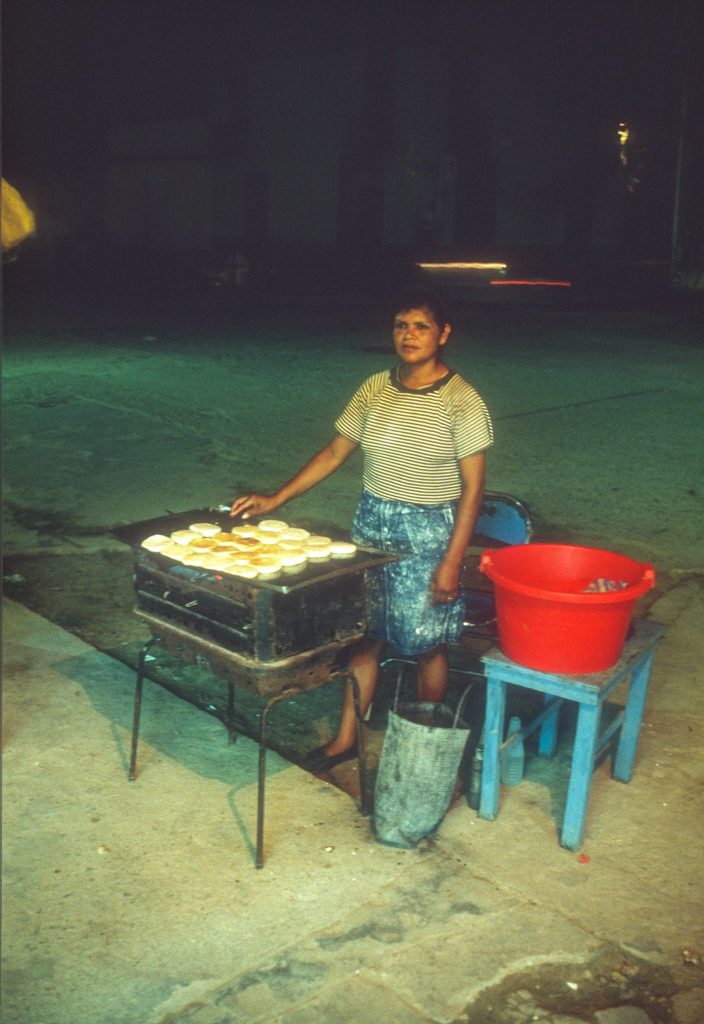
Click here for your impressions
reference
Wikipedia
Please do not use or upload our photos without permission.




